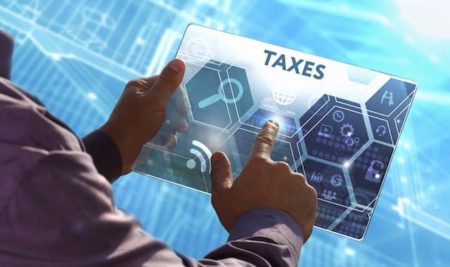Making Tax Digital (MTD)
VAT in the UK has changed and is converted to MTD Making Tax Digital which is an important part of the government’s planning process to make it more convenient for sole traders, self-employed and businesses to be efficient and effective in their tax processing.
HMRC’s MTD initiative is one of the most ambitious and digitally cutting edge in the world for tax management and administration. MTD aims to make the tax system more
- effective
- efficient
- Convenient to process and accurate.
Records business must keep legally and digitally
Business must keep the following records in their business and MTD systems these must be kept digitally:
- Name of the business,
- Registered address of the business with the companies house
- VAT registration number issued by HMRC
- The scheme with which the business registered for VAT purposes
- The output VAT on goods and services sold must be recorded
- The input VAT on goods and services bought
- VAT on all expenses and services purchased
- All adjustments made to he return must be recorded
- VAT exclusive and VAT inclusive values must be recorded , VAT amount should also be explicitly stated.
- The tax point of the transaction is important
- VAT rate whether it be zero , standard , reduced or exempt must also be stated .
- reverse charge transactions should be accurately recorded and should be properly reflected in the reverse charge return.
- Flat rate schemes should be applied according to rules and regulations.
How to keep digital records
Compatible software packages must be used to connect with the HMRC systems.
Various commercial packages are available to digitally manage the MTD requirements.
- Sage line 50
- Quickbooks
- Xero
- Abratax
- Kashflow

